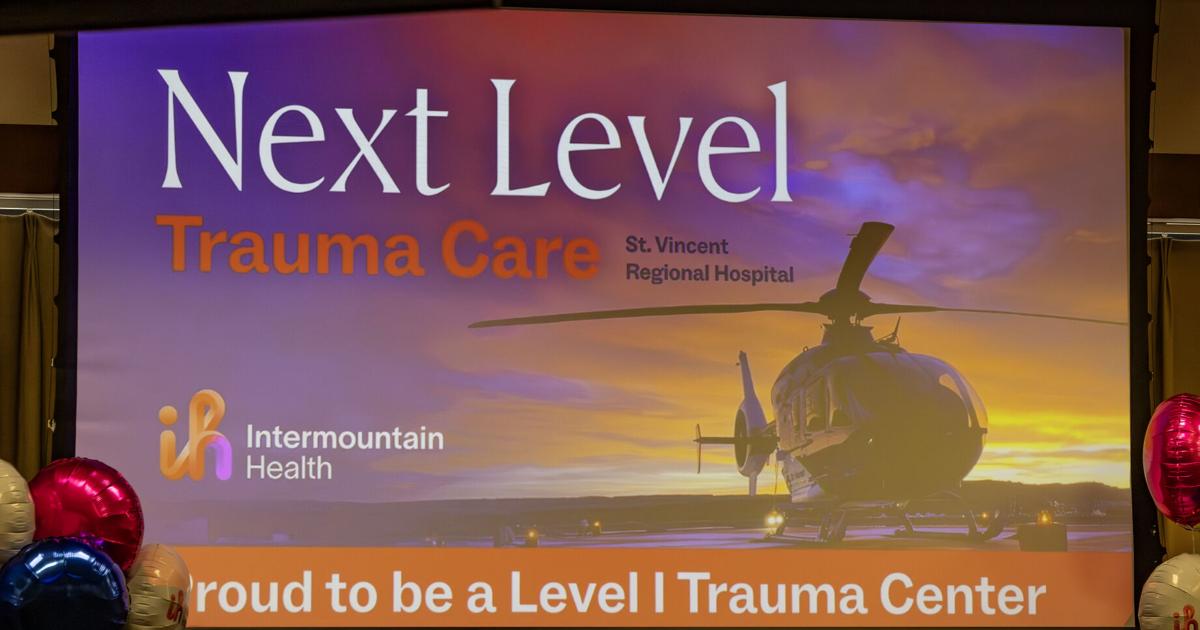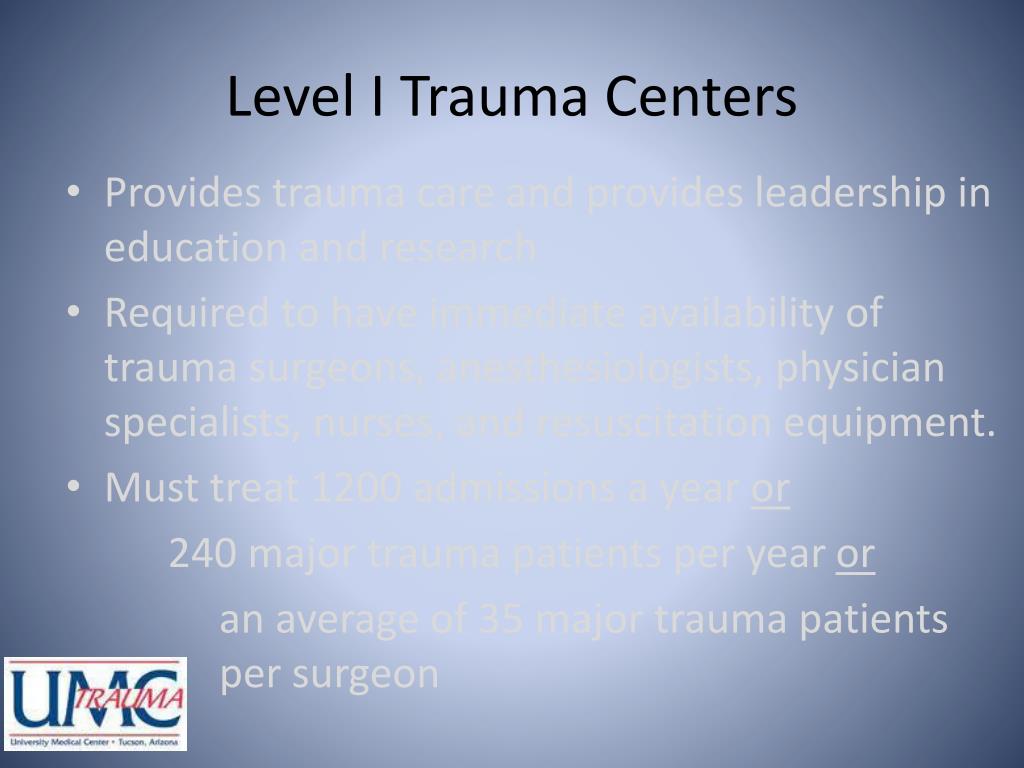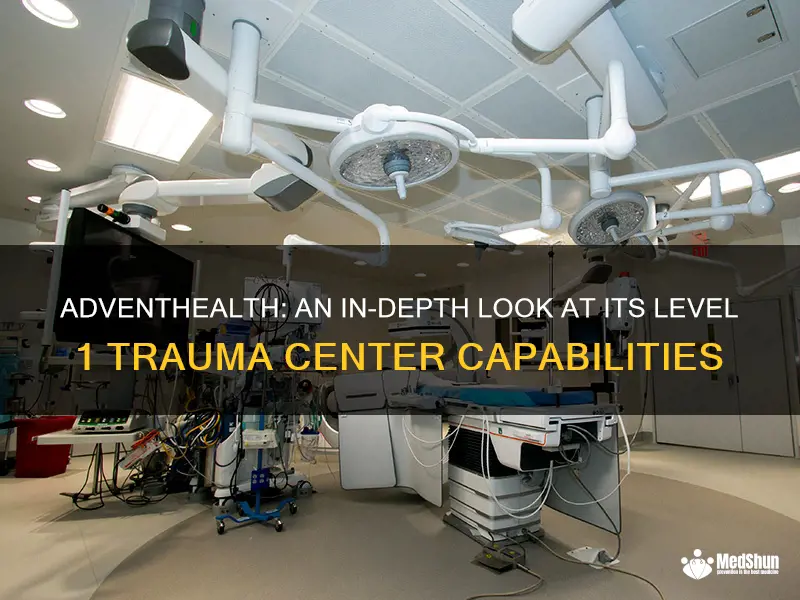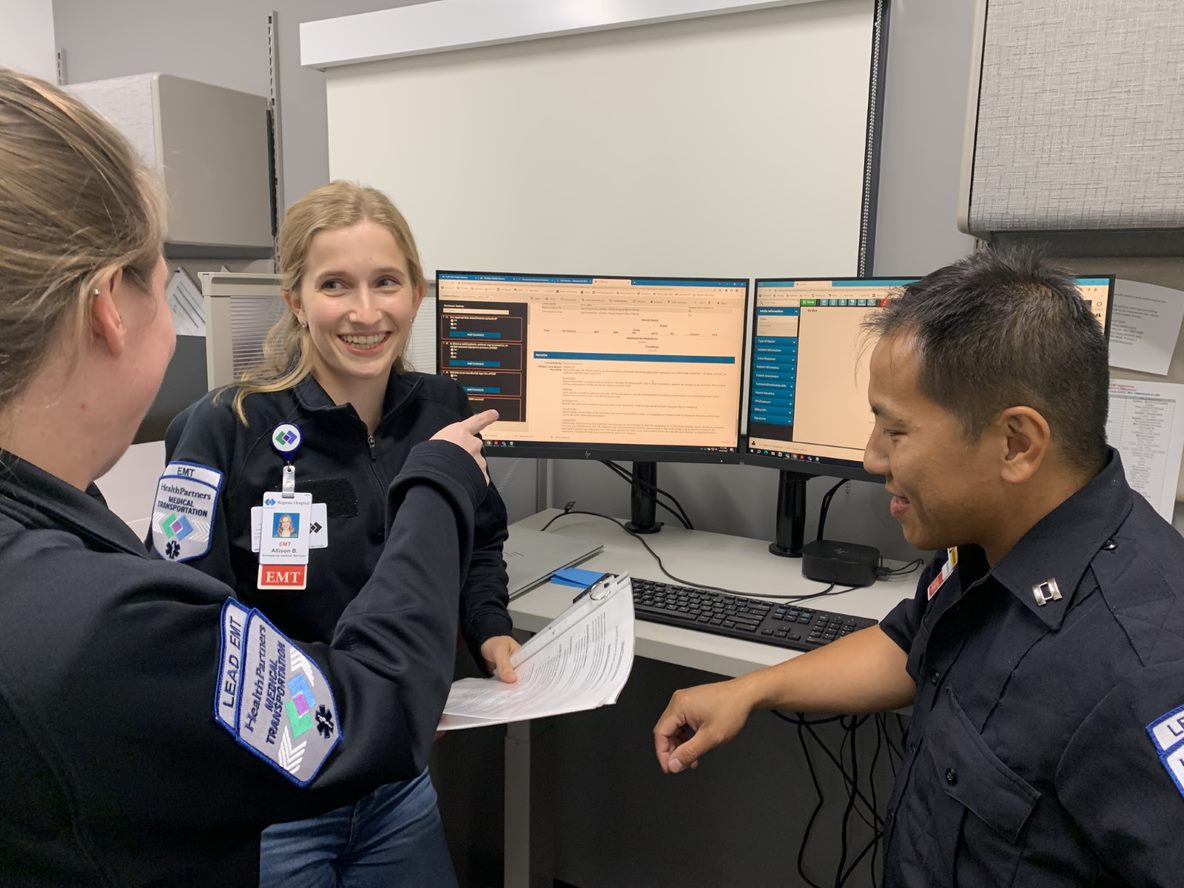Level 1 Trauma Centers In Montana

Imagine a vast Montana landscape, the golden hues of a late summer sunset painting the rugged mountains. A sudden screech of tires, followed by the sickening crunch of metal. In those critical moments, miles from anywhere, the difference between life and death hinges on rapid response and specialized care. But where does one turn for the highest level of medical intervention in a state known for its sprawling distances and independent spirit?
This article explores the crucial role of Level 1 Trauma Centers in Montana, examining their locations, capabilities, and the profound impact they have on saving lives across the state. We’ll delve into the challenges of providing this vital service in a geographically large and sparsely populated area, celebrating the dedication of the medical professionals who stand ready to respond to any emergency.
Understanding Level 1 Trauma Centers
What exactly defines a Level 1 Trauma Center? It's more than just a hospital; it's a comprehensive healthcare institution equipped to handle the most severe and complex injuries.
According to the American College of Surgeons (ACS), these centers must provide a full spectrum of trauma care resources, from initial resuscitation to rehabilitation. They also conduct research and offer educational programs to improve trauma care practices.
Key Requirements and Capabilities
Level 1 designation requires a commitment to excellence across numerous areas. This includes immediate access to trauma surgeons, specialists in various fields like neurosurgery and orthopedics, and advanced imaging technology.
Furthermore, they must have a robust blood bank, 24/7 availability of operating rooms, and dedicated trauma intensive care units.
Perhaps most importantly, Level 1 Trauma Centers are dedicated to prevention efforts and community outreach, working to reduce the incidence of injuries in the first place.
Montana's Level 1 Trauma Centers
Montana currently boasts two Level 1 Trauma Centers: St. Patrick Hospital in Missoula and Billings Clinic Hospital in Billings.
These facilities serve as vital hubs for trauma care in the western and eastern parts of the state, respectively. They provide a lifeline for patients who require the most advanced and specialized medical interventions.
St. Patrick Hospital, Missoula
St. Patrick Hospital has a long history of providing advanced medical care to western Montana. The trauma center is equipped with state-of-the-art technology and staffed by a highly skilled team of physicians, nurses, and support staff.
The hospital is a regional referral center, meaning it receives patients from a wide geographic area, including rural communities and neighboring states.
"Our commitment is to provide the highest level of care to every patient who comes through our doors,"says a representative from St. Patrick Hospital. "We understand the importance of being a Level 1 Trauma Center, and we take that responsibility very seriously."
Billings Clinic Hospital, Billings
Billings Clinic Hospital plays a similar crucial role in eastern Montana and surrounding regions. As the largest healthcare organization in the state, it offers a comprehensive range of medical services, including a highly regarded trauma program.
The trauma center at Billings Clinic is known for its expertise in treating a wide range of injuries, from motor vehicle accidents to agricultural accidents to injuries sustained in outdoor recreation activities.
Billings Clinic also emphasizes research and education, contributing to advancements in trauma care practices across the region.
Challenges and Impact
Maintaining Level 1 Trauma Center status in Montana presents unique challenges. The state's vast size and low population density mean that patients often have to be transported long distances to reach these facilities.
This requires a well-coordinated network of emergency medical services (EMS), including ground ambulances and air medical transport.
Furthermore, recruiting and retaining highly skilled medical professionals in rural areas can be difficult. However, Montana's Level 1 Trauma Centers have risen to these challenges, demonstrating a strong commitment to providing high-quality care despite the obstacles.
The impact of these centers on patient outcomes is significant. Studies have shown that patients treated at Level 1 Trauma Centers have a higher chance of survival and a lower risk of long-term disability compared to those treated at lower-level facilities.
They also contribute to the economic well-being of the state by providing jobs and attracting investment in healthcare infrastructure.
The Future of Trauma Care in Montana
As Montana continues to grow and evolve, the need for high-quality trauma care will only increase. Maintaining and strengthening the state's Level 1 Trauma Centers is essential to ensuring that all Montanans have access to the best possible medical care in times of crisis.
This includes investing in EMS infrastructure, supporting the training and education of medical professionals, and promoting injury prevention efforts.
Collaboration between hospitals, EMS agencies, and government organizations is also crucial to ensuring a coordinated and effective trauma system.
Looking ahead, advancements in technology and telemedicine hold promise for improving access to trauma care in rural areas. Telemedicine can enable specialists at Level 1 Trauma Centers to consult with physicians at smaller hospitals, providing guidance on patient management and facilitating timely transfers when necessary.
Drones could potentially be used to deliver blood products or other essential supplies to remote locations in emergency situations.
A Lifeline in the Big Sky Country
Montana's Level 1 Trauma Centers are more than just hospitals; they are beacons of hope in a state known for its vastness and rugged terrain. They represent a commitment to providing the highest level of medical care to all Montanans, regardless of where they live or what challenges they face.
The dedication of the medical professionals who work at these centers is truly inspiring. They are the unsung heroes who stand ready to respond to any emergency, providing life-saving care and support to patients and their families.
As the sun sets once more over the Montana landscape, casting long shadows across the mountains, we can take comfort in knowing that these vital institutions are there, ready to respond when needed, a lifeline in the Big Sky Country.


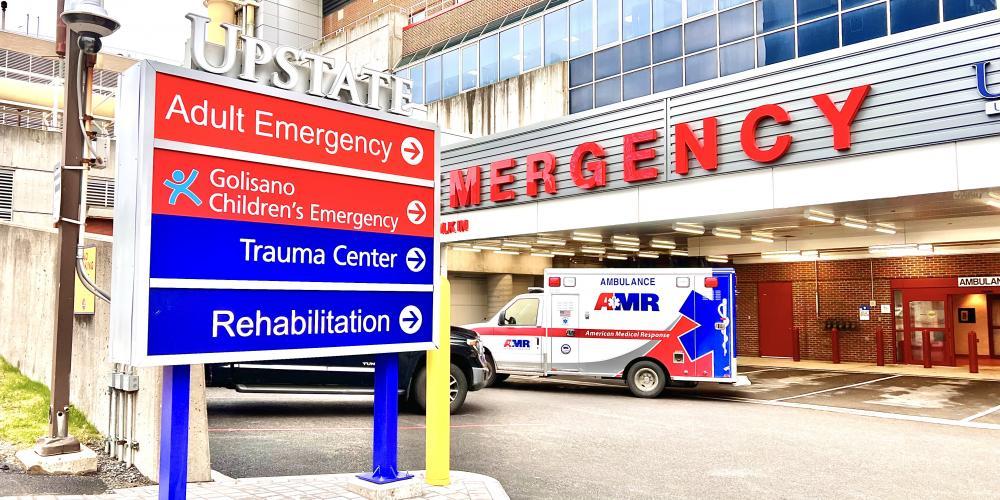
/medriva/media/post_banners/content/uploads/2024/02/level-1-trauma-centers-per-capita-by-state-20240205211327.jpg)







